As individuals, we are always taught to look forward into the future. However, an analysis of the past is often educational as well. Take for example, the question of printing.
Within the sphere of printing, 3D printing technology is all the rage. There are not only claims that it will replace conventional printing but also suggestions that it will overturn the manufacturing industry of the world as we know it.
While people are obsessing over 3D printing and rightly so, they are continuing on with their use of conventional printers such as inkjet printers and laser printers.
In fact, not so long ago, there were claims that laser printing technology will replace inkjet printing. However, with competition from laser printing, inkjet printing technology saw major boosts.
Nowadays, inkjet printers are gradually replacing laser printers in the office setup (traditionally a market dominated by laser printers). With laser printers expected to lose their sheen in the modern world, to inkjet printers in the medium term and then to 3D printers in the long term, we felt a need to delve into the history toner cartridges which made laser printing possible. Here’s our take.
The History of Toner Cartridges Began With Xerography
The history of toner cartridges, as is obvious, is closely tied to the history of laser printing.
The history of laser printing can be traced to xerography or electrophotography, as it was known then. This was a process that combined photography with electrostatic printing.
The process, itself, was very cumbersome and tedious since it involved multiple manual stages. The inventor of this machine was Chester Carlson. The evolution of xerography led to the development of the original version of the modern day laser printer– the Xerox 914.
Xerox 914 was unveiled to the public in 1959. It was named so because it could copy sheets measuring up 9 inches x 14 inches. The Xerox 914 was an extremely complex machine that always came with a small fire extinguisher. The reason what that it had a tendency to catch fire if overheated! Can you imagine that ever happening to the modern laser printer?
It is with the Xerox 914 that the history of toner cartridges also begins. The Xerox 914 used an extremely basic form of the modern day toner. The toner mixture used in the 914 contained plastic polymer, iron oxide, and carbon.
These are, more or less, same ingredients that are used in toner cartridges of today. The difference is that the modern day toner cartridge mixtures are more refined, so to speak.
The Complexity of the Early Form Toner Cartridges
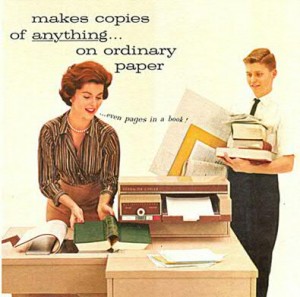 The Xerox 914 was a complicated machine. As a matter of fact, it was so complicated that it required a whole team of technicians to work. Notably, the history of toner cartridges begins with a fixed box inside the Xerox 914.
The Xerox 914 was a complicated machine. As a matter of fact, it was so complicated that it required a whole team of technicians to work. Notably, the history of toner cartridges begins with a fixed box inside the Xerox 914.
You couldn’t replace them. Instead, you were required to refill them, not unlike what the refilling experts do today.
The machine needed to be opened up so that the toner could be poured down a special hole. What’s worse is that the toner was generally contained in a basic bottle.
This caused all kinds of trouble ranging from simple spillage and mess to health problems caused by the inhalation of small toner particles. In fact, there were even instances of dust explosions.
These occur when fine combustible particles get suspended in the air in high concentrations. These particles then interact with oxidising gases such as oxygen and explode.
Imagine telling your wife: “Honey, you’re too precious to risk your life. Let me go print our child’s photo!”
This was one of the tasks that mandated the presence of a technical team for every Xerox 914 unit. There were other similar tasks too. For toner to travel, it needs to be carried by a medium. This medium in those days was dubbed the developer.
Like the toner mixture, the developer also needed to be refilled. Moreover, the printing process of the Xerox 914 resulted in waste toner which needed to be gathered in a bottle.
Canon, HP and Apple’s Role in the History of Toner Cartridges
The history of toner cartridges may have begun with Xerox but it was taken further by each of Canon, HP, and Apple. Canon set the ball rolling after seeing the success of Xerox printers in 1979.
The Japanese company developed the Canon CX print engine which was based on their earlier print engine effort of Canon LBP – 10.
However, since they didn’t have any experience in dealing with computer users, the approached and tied up with HP and Apple simultaneously.
Canon had also approached a subsidiary company of Xerox, Diablo Data Systems but was turned down.
Before Canon’s collaboration with HP and Apple could bear fruit, Xerox came out with a desktop laser printer that was designed explicitly for offices. This printer was known as the Xerox Star 8010 and was exorbitant in price.
The high price of the Xerox Star 8010 made it possible for HP to revolutionise the laser printing industry. They did it with the HP LaserJet that was released three years after the Xerox Star 8010 in 1984. Canon had contributed to the HP LaserJet by providing the Canon CX print engine.
The HP LaserJet boasted of specifications that were ground-breaking at the time but may not seem much in today’s world. The HP LaserJet had a maximum speed of 8 pages per minute which it could print at a quality of 300 dpi.
Additionally, the HP LaserJet was relatively quieter than other printers of the era, more compact than other printers, more versatile than other printers, and even cheaper than other printers.
Why HP LaserJet Was Crucial In the History of Toner Cartridges
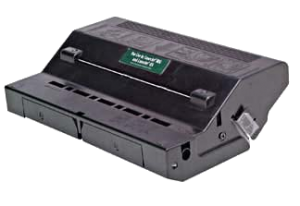 It can be said that the development of the HP LaserJet was a turning point in the history of toner cartridges. The reason for this is that the HP LaserJet was designed to not only provide great print quality at a great price (not unlike what Inkjet Wholesale does for you) but also great functionality.
It can be said that the development of the HP LaserJet was a turning point in the history of toner cartridges. The reason for this is that the HP LaserJet was designed to not only provide great print quality at a great price (not unlike what Inkjet Wholesale does for you) but also great functionality.
The HP LaserJet, essentially, removed the technician from the picture. It did this by putting all the components that required servicing into a single container.
These included everything from the toner container, the waste toner gatherer, the roller, the hopper, and even the developer. This created the option for users to simply replace the “toner cartridge” when it was needed.
This removed the element of mess and extra servicing charges that people had to pay for their conventional printers. Thus, the history of toner cartridges in the modern format began. The new system was first of all not messy like the earlier ones.
Furthermore, the new system also did away with the need to call a technician every time toner ran out. Most important, the new system was less risky as it neither caused dust explosions nor respiratory problems from toner particles in the air.
Soon after the release of the HP LaserJet, other companies also introduced their own versions of the modern printer, adding to the history of toner cartridges. Many of these companies didn’t include all key printing components in a single container.
However, they still made them easy to replace without the need for a technician. Brother was one such company in the history of toner cartridges. Not surprisingly, it is still seen in the same light.
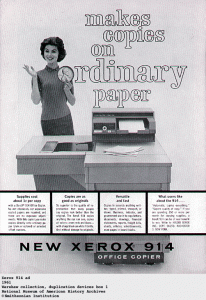
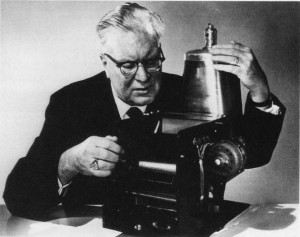
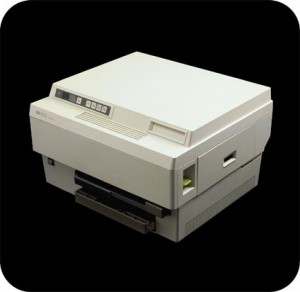
Leave a Reply